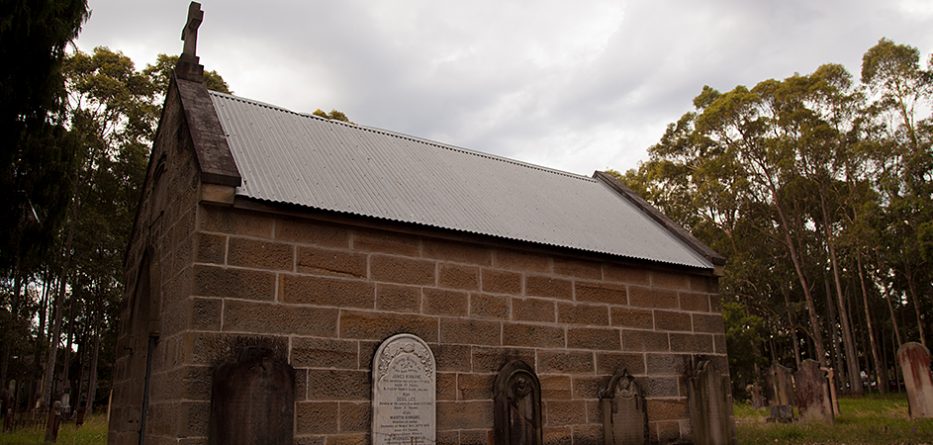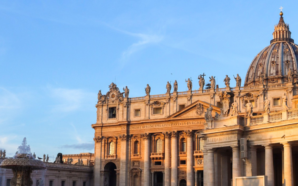Vatican Diary: For the 12th consecutive year, Pope Francis visited a Roman cemetery November 2. This year, he prayed for parents facing perinatal grief. Every week, La Croix’s permanent special correspondent in the Vatican reveals the behind-the-scenes of the world’s smallest state.
On November 2, Pope Francis visited the Laurentino cemetery in southern Rome, as he did in 2018. Six years ago, the pope prayed in the Garden of Angels, the section of this cemetery where children are buried. This year, he entrusted prayers to those parents who experienced the “incredibly intense” pain of losing a son or daughter.
“When one spouse loses the other, they are a widower or a widow. A child who loses a parent is an orphan. There’s a word for that. But when a parent loses a child, there’s no word,” he said in his monthly prayer video, published October 31. The pope also cautioned against “banal or sentimental” words of encouragement that, although well-intentioned, “can end up aggravating the wound.” “To offer comfort to these parents who have lost a child, we need to listen to them, to be close to them with love, to care responsibly for the pain they feel,” the pope advised.
Eight cemeteries in 12 years
Since the beginning of his pontificate, Pope Francis has made it a tradition to visit a cemetery in Rome every November 2 to pray for the deceased. Over the past 12 years, he has visited eight different cemeteries. In the first three years after his 2013 election, he chose the largest cemetery in the Italian capital, the Verano Cemetery, which St. John Paul II visited 12 times between 1979 and 1993, around All Saints’ Day.
Pope Francis also visited military cemeteries in the capital three times: the American cemetery in Nettuno in 2017, the French cemetery in 2021, and the Commonwealth cemetery in 2023, where he called, under heavy rain, for “people to stop killing each other in wars.” Year after year, his November 2 visits traced a map of Rome. After Verano (2013, 2014, 2015) in the eastern capital, Francis visited the Flaminio cemetery (2016) to the north, then Laurentino (2018) in the south.
In 2019, he entered the catacombs of Saint Priscilla (north of Rome) for the first time in his life. “We can think about the lives of those people who had to hide, who had that custom of burying the dead and celebrating the Eucharist in here,” the pope said as he prayed for persecuted Christians. In 2020 and 2022, he remained within the Vatican walls at the Campo Santo, one of the oldest German cemeteries in Rome.
Taming death
November 2 often allows Pope Francis to emphasize the collective dimension of memory, which, in his view, extends beyond a domestic or family-based remembrance. “Memory is what makes a people strong because it feels rooted in a journey, rooted in history (…). Memory makes us aware that we are not alone,” he reminded from the Laurentian Cemetery in 2018.
This focus points to something very ancient. In ancient Rome, the dead were buried along roads (their epitaphs sometimes addressed the living). The cult of the dead was purely family-centered. Christianity made it a public affair: cemeteries around churches, villages around cemeteries… In this way, death was “tamed” (1) until the 18th century, when burial grounds were again distanced from cities for hygiene reasons.
Bringing the peripheries to the center perhaps may be the purpose of these November 2 visits.
(1) For more on this, see Essays on the History of Death in the West, from the Middle Ages to the Present (Points, 2014, 240 pages, €8.30) by historian Philippe Ariès. The “taming of death” he describes spans from the 4th to the 18th century.
Reproduced with permission from La Croix International.








